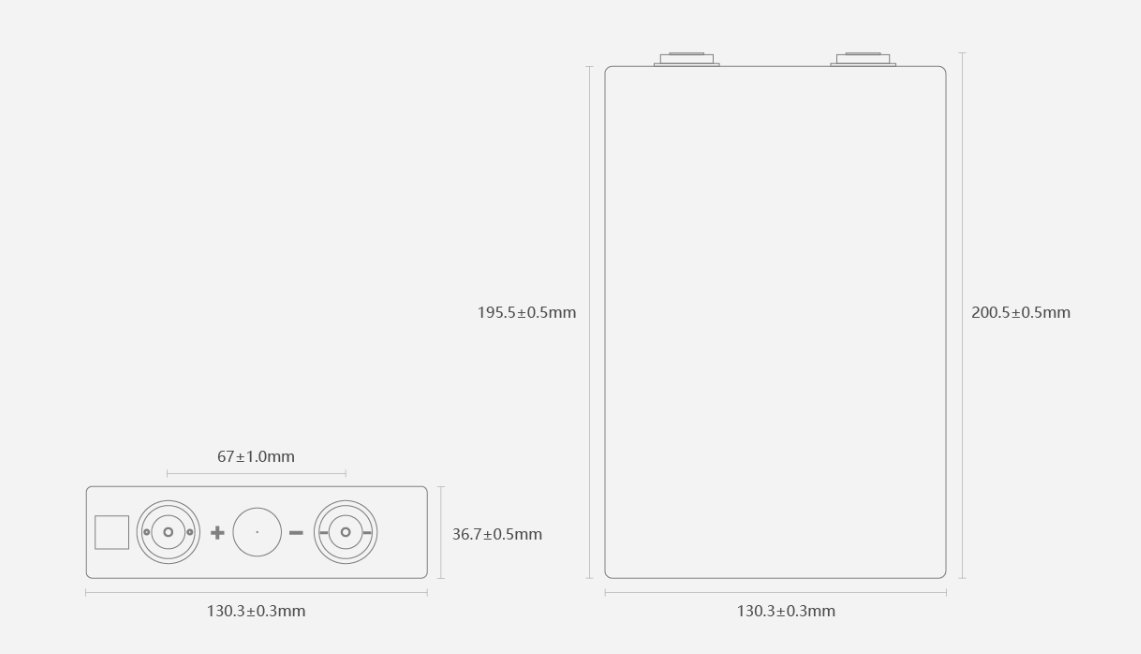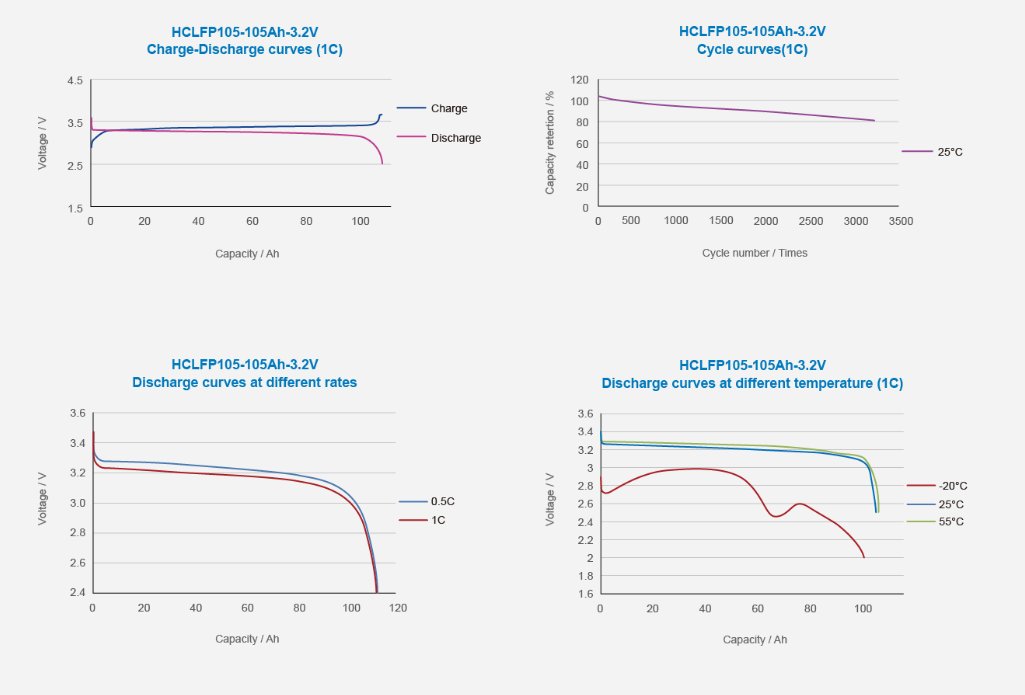inquiry
The Foundation of Superior Battery Packs
As a leading prismatic lithium cell manufacturer, we provide the essential building blocks for the next generation of energy storage and electric mobility solutions. Our cells are renowned for their exceptional energy density, unwavering consistency, and robust safety performance, making them the ideal choice for battery pack integrators and OEMs who demand reliability at the core of their products.
Key Features:
High Energy Density:
Maximizes runtime in a compact footprint, ideal for space-constrained applications.
Exceptional Consistency:
Rigorous grading and quality control ensure minimal voltage and capacity variance across all cells in a batch, which is critical for pack longevity and performance.
Advanced Chemistry:
Available in both high-energy NMC and ultra-safe LiFePO4 chemistries to meet your specific needs.
Robust Construction:
Laser-welded terminals and sturdy casing ensure mechanical integrity and reliability.
International Certifications:
Cells are tested to meet essential international safety and transportation standards.
Dimensions:

Major Technical Parameters:
| HCLFP105 | |||
| Item | Standard | Note | |
| Standard Capacity | 105Ah | 0.5C | |
| Minimum Capacity | 105Ah | 0.5C | |
| Standard Voltage | 3.2V | ||
| Alternating Internal Resistance | ≤0.5mΩ | ||
| Charge Conditions | 3.65±0.05V 0.01C | 3.65±0.05V 0.02C | Constant-current charge to 3.65V at 0.5C, constant voltage charge to stop until 0.02C mA |
| Standard Charge Current | 0.2C | ||
| Max. Charging Current | 1C | ||
| Discharge Cut-off Voltage | 2.0V | ||
| Standard Discharge Current | 0.5C | ||
| Max. Continuous Discharge Current | 2C | ||
| Pulse Discharge Current | 3C, 30s | ||
| Cycle Characteristic | 3500 times (100%DOD) 7000 times (80%DOD) | The residual capacity is no less than 80% of rated capacity at 0.5C rate | |
| Working Temperature | Charge: 0℃~55℃ Discharge: -20℃~60℃ | ||
| Storage Temperature | -20℃~45℃ | Short-term storage (< 1 month) | |
| Cell Weight | <1980±100g | ||
Characteristics Curves:

Applications:
● Electric Vehicle (EV) Battery Packs
● Energy Storage System (ESS) Battery Modules
● Electric Boats & Marine Applications
● Industrial Backup Power Units
Ready to Upgrade Your Power?
[➔ Download the Full Specification Sheet (PDF)]
[⮟ Contact Our Experts for a Quote]
| HCLFP105 | |||
| Item | Standard | Note | |
| Standard Capacity | 105Ah | 0.5C | |
| Minimum Capacity | 105Ah | 0.5C | |
| Standard Voltage | 3.2V | ||
| Alternating Internal Resistance | ≤0.5mΩ | ||
| Charge Conditions | 3.65±0.05V 0.01C | 3.65±0.05V 0.02C | Constant-current charge to 3.65V at 0.5C, constant voltage charge to stop until 0.02C mA |
| Standard Charge Current | 0.2C | ||
| Max. Charging Current | 1C | ||
| Discharge Cut-off Voltage | 2.0V | ||
| Standard Discharge Current | 0.5C | ||
| Max. Continuous Discharge Current | 2C | ||
| Pulse Discharge Current | 3C, 30s | ||
| Cycle Characteristic | 3500 times (100%DOD) 7000 times (80%DOD) | The residual capacity is no less than 80% of rated capacity at 0.5C rate | |
| Working Temperature | Charge: 0℃~55℃ Discharge: -20℃~60℃ | ||
| Storage Temperature | -20℃~45℃ | Short-term storage (< 1 month) | |
| Cell Weight | <1980±100g | ||
Our cells incorporate multiple safety features, including proprietary electrode coatings to prevent dendrite formation, built-in CID (Current Interrupt Device) for overpressure protection, and ceramic separators that withstand high temperatures. Each cell undergoes rigorous testing including nail penetration and overcharge tests.
Under standard conditions (25°C, 80% DoD):
LiFePO4 cells: 3,000-5,000 cycles with ≥80% capacity retention
NMC cells: 1,500-2,000 cycles with ≥80% capacity retention
Actual lifespan depends on operating temperature, discharge rates, and maintenance practices.
All cells meet international standards including UN38.3, IEC62619, and UL1642. Our manufacturing process is ISO9001 certified, with complete traceability from raw materials to finished products. Each batch undergoes comprehensive testing including cycle life, internal resistance, and thermal stability assessments.